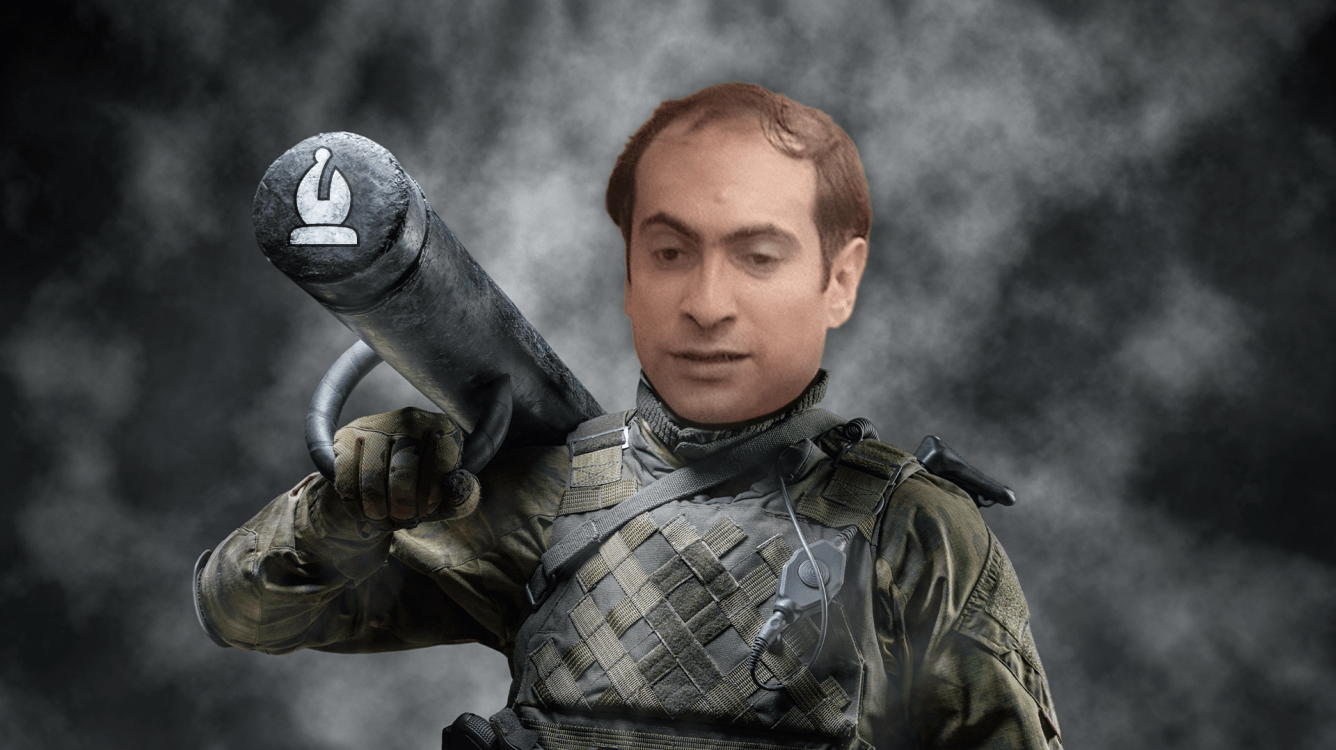
Storm Your Opponent's Castle!
Today we are going to discuss a common tactical idea that usually starts an immediate attack against your opponent's castled king. Here are the elements of this pattern:
- Your opponent castles to make their king safe
- They play h7-h6 (or h2-h3 as White). Why would they do that? First of all, many players, especially beginners, like to play this move to prevent a possible pin by Bg5. The second common reason is to protect your e6-bishop from an attack by the white knight (Nf3-g5). And finally, pushing the rook pawn one square ahead is by far the most common way to prevent a potential back rank checkmate.
- You create a queen and bishop battery (like Qd2 + Be3 for example).
- You strike with Bxh6!
As they say, a picture is worth a thousand words, so let me show you an example. When people learn a new computer language, traditionally the first thing they study is how to create a program that produces the message "Hello, world!". A similar rule is applied to chess: when you learn a new tactical pattern, the first game you study is the one played by the Magician.
This is a very good illustration of how this sacrifice works. For the price of a bishop you get two pawns and your opponent's king gets completely open to all kinds of threats. By the way, in the actual game, GM Lajos Portisch didn't accept the sacrifice right away, but it didn't change the outcome of the game:
The exact same idea happened in a game played by two super GMs last week. Just like Portisch in the previous game, GM Le Quang Liem declined the sacrifice and eventually lost the game. But an engine says that while it was very scary, White could have accepted the sac and Black wouldn't have more than a draw there.
A very funny situation happened in the following game. Just like in the game between Le and GM Shakhriyar Mamedyarov, Black prepared the sacrifice Bxh3, but White executed his own Bxh6 sacrifice first!
Despite the crushing appearance of the Bxh6 sacrifice in the last game, Black could still successfully defend. Can you find out how?
This is the only example that I know where the best defense after your opponent sacrificed on h6 is your own symmetrical sacrifice!
I recommend you notice another common element of the Bxh6 sacrifice attack that happened in the last game. When your light-squared bishop pins the f7-pawn it makes the very important attacking move Qg6 possible! This is exactly what happened in the following game:
Finally, you should remember that in some cases you can sacrifice on h6 even if you don't have the queen and bishop battery ready. So, you sacrifice your bishop on h6 first, and only then your queen moves to the c1-h6 diagonal. This is exactly what happened in the following iconic game played by GM David Bronstein.
As I mentioned at the beginning of this article, the Bxh6 attack is very common. So now, my dear readers, since you know how it works, I am sure you will be able to use it in your own games. Enjoy the king hunt!



